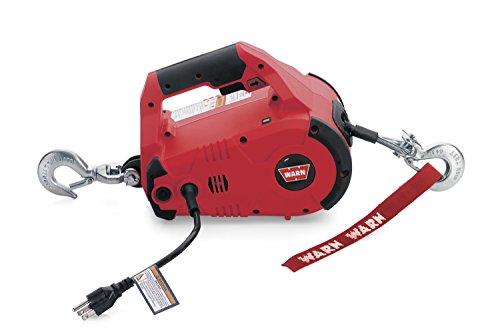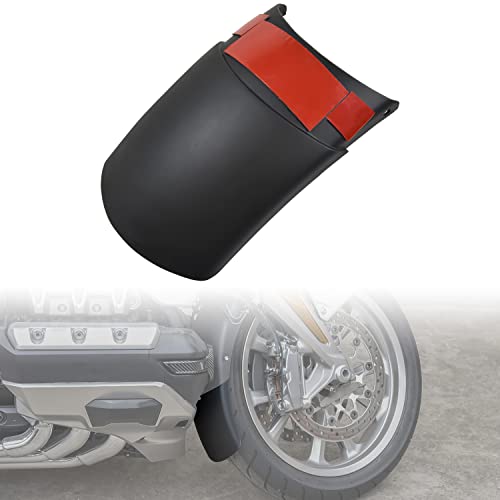wally
Member
- Joined
- Dec 13, 2022
- Messages
- 14
- Reaction score
- 11
- Location
- Leamington, Ontario. Canada
- My Bike Models
- 1989 Suzuki Katana 750, 1982 Kawasaki 550LTD, 1992 Suzuki GSX-R 750, 1984 Kawasaki Ninja 900, 2002 Honda VTX 1800, 1979 GL1000 Goldwing
Hey All!
I am new to this forum and a new Goldwing owner also. I figure the best place for answers is where the pros are. It never ceases to amaze me that so much useful info can be found on a forum just by asking.
Anyway...I have just recently purchased a 1979 GL1000 with GL1100 carbs. First thing I did was pull out the carbs and give everything a good cleaning. When I put everything back together and put fuel to the bowls they ALL leaked quite a bit. I got new gaskets and have had the carbs in and out of the bike at least 5 times trying to stop the bleeding.
A process that is very simple has turned into a "pita"!! My question is, what am I doing wrong and how can I correct this!
I am new to this forum and a new Goldwing owner also. I figure the best place for answers is where the pros are. It never ceases to amaze me that so much useful info can be found on a forum just by asking.
Anyway...I have just recently purchased a 1979 GL1000 with GL1100 carbs. First thing I did was pull out the carbs and give everything a good cleaning. When I put everything back together and put fuel to the bowls they ALL leaked quite a bit. I got new gaskets and have had the carbs in and out of the bike at least 5 times trying to stop the bleeding.
A process that is very simple has turned into a "pita"!! My question is, what am I doing wrong and how can I correct this!






















































